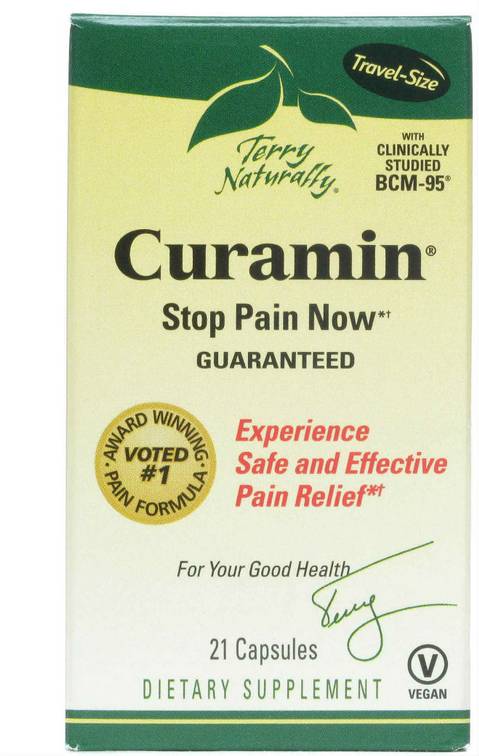Who Discovered Glucosamine And How Does it Work for Joint Pain? |
|
|
|
Darrell Miller | 02/06/12 |
Date:
February 06, 2012 01:08 PM
Author: Darrell Miller
(support@vitanet.net)
Subject: GLUCOSAMINE: Origin and Action of Mechanism
Glucosamine is an amino sugar made from glucose and amino acid glutamine. It is a monosaccharide that is found naturally in healthy joints, cartilages, ligaments, muscles and tendons. It helps in the formation and repair of cartilage and other body tissues. Glucosamine is available in the form of dietary supplements, cosmetics and sports drinks. Let us find out about the history of glucosamine and its role in repair and treatment of joint disorders.
HISTORY of GLUCOSAMINE:
Glucosamine was first discovered in 1876 by Dr. Georg Ledderhose. It was prepared by hydrolysis of chitin with Hydrochloric acid. Later on it was developed in sulphate blend. Since then, it has been studied multiple times and in multiple ways to find out its potent health benefits. It has been used clinically in Europe since 1960s. In 1971, researcher K. Karzel glucosamine HCl stimulated the production of glycosaminoglycan layer, which helps in protecting cartilages, ligaments and tendons from normal wear and tear. It became popular in United States in the mid 1990s with the publication of popular bestsellers such as 'The Arthritis Cure' by Jason Theodosakis. Now it has become the most popular selling dietary supplement with sales of $200 million per year.
Glucosamine is naturally found in the body and can be synthetically made from the natural sources of chitin that is found in sea creatures such as shells of shell fish, bones and bone marrow.
How does Glucosamine Works in reducing Joint pain?
Our body's ability to produce glucosamine decreases as we age. Hence after any kind of injury cartilage, spinal discs and joints, the body may not be able to heal optimally. Aging and glucosamine depletion in the body leads to joint degradation. However, glucosamine supplementation can support cartilage and CT-integrity limiting degeneration.
Glucosamine supplements do not work like NSAIDS, which are known to have anti-inflammatory and analgesic effects on the body. The exact mechanism of significant analgesic effect of glucosamine supplements is unknown but according to various studies, glucosamine has no effect on cyclooxygenase system. Studies have shown that glucosamine stimulates synthesis of proteoglycan in a dose dependent manner. It helps in stimulating the production of cartilaginous matrix, hence counteracting the degrading loss of cartilage in case of arthritis or injury.
Several important studies demonstrate the role of glucosamine in stabilizing cell membranes, inhibit lysosomal enzymes and reduce the generation of oxygen free radicals by macrophages. It may inhibit interleukin 1 induced nitric oxide activity that leads to chondriotic cell death. Hence it increases aggrecanase activity that helps in preservation of proteoglycan.
Glucosamine along with Chondroitin sulphate stimulates synthesis of cartilage precursors as well as synovial fluid. They also limit the degradation of existing cartilage in any loss of joint integrity.
This non rapid acting drug has many beneficial effects in reducing the symptoms of osteoarthritis. It is a powerful joint repairing supplement that rebuilds joint cartilage. Glucosamine supplements have been thoroughly evaluated to find out any potential side-effects. However, it has been proved that it does not have any of the side-effects of NSAIDS, surgery or opiods.



